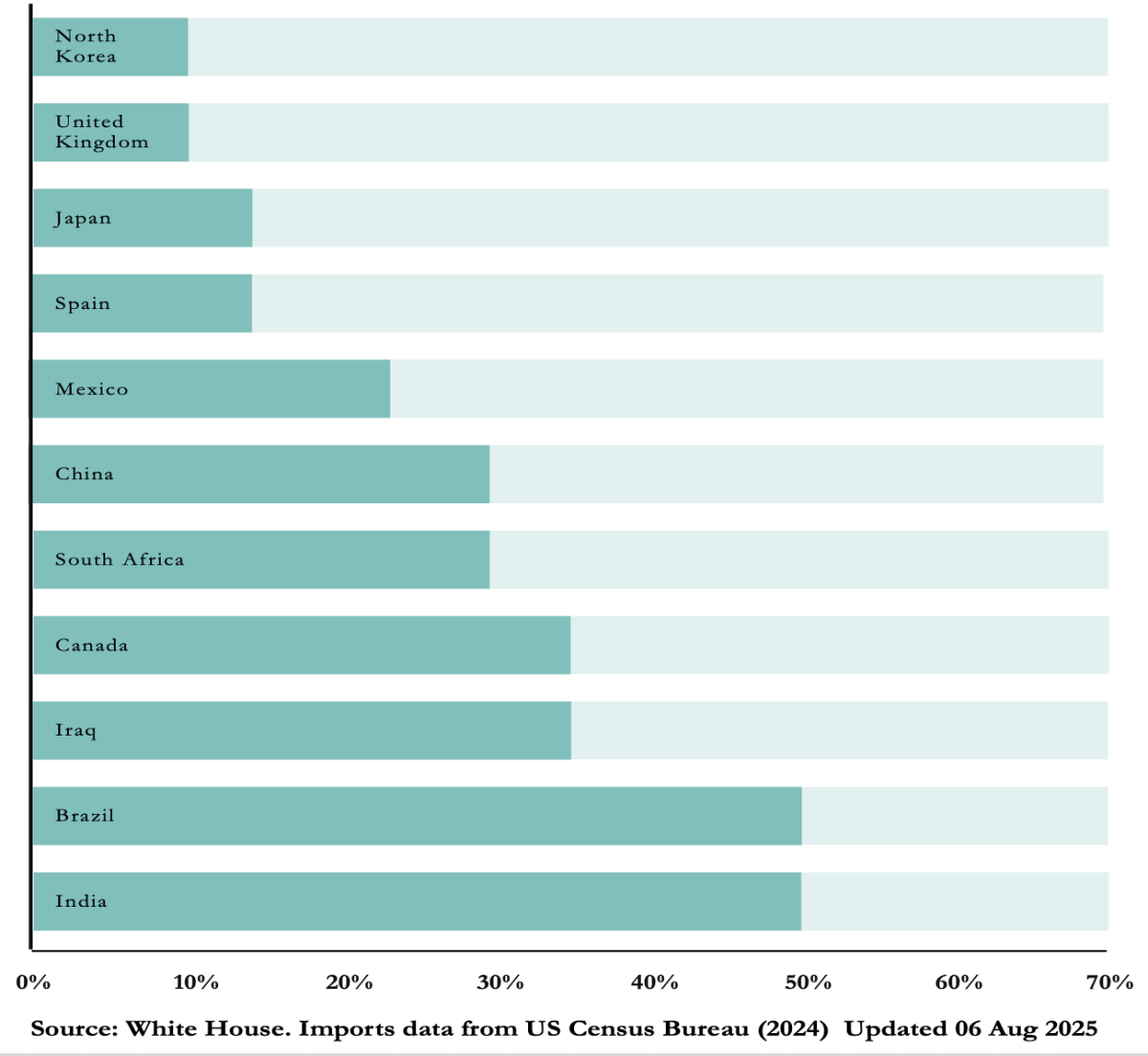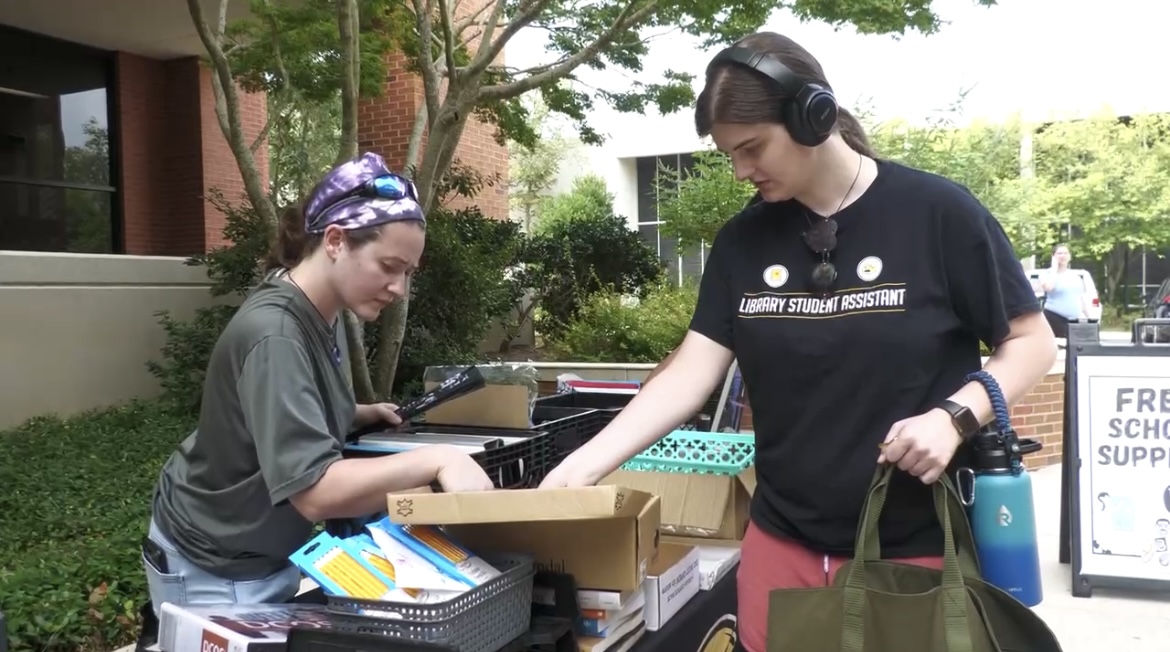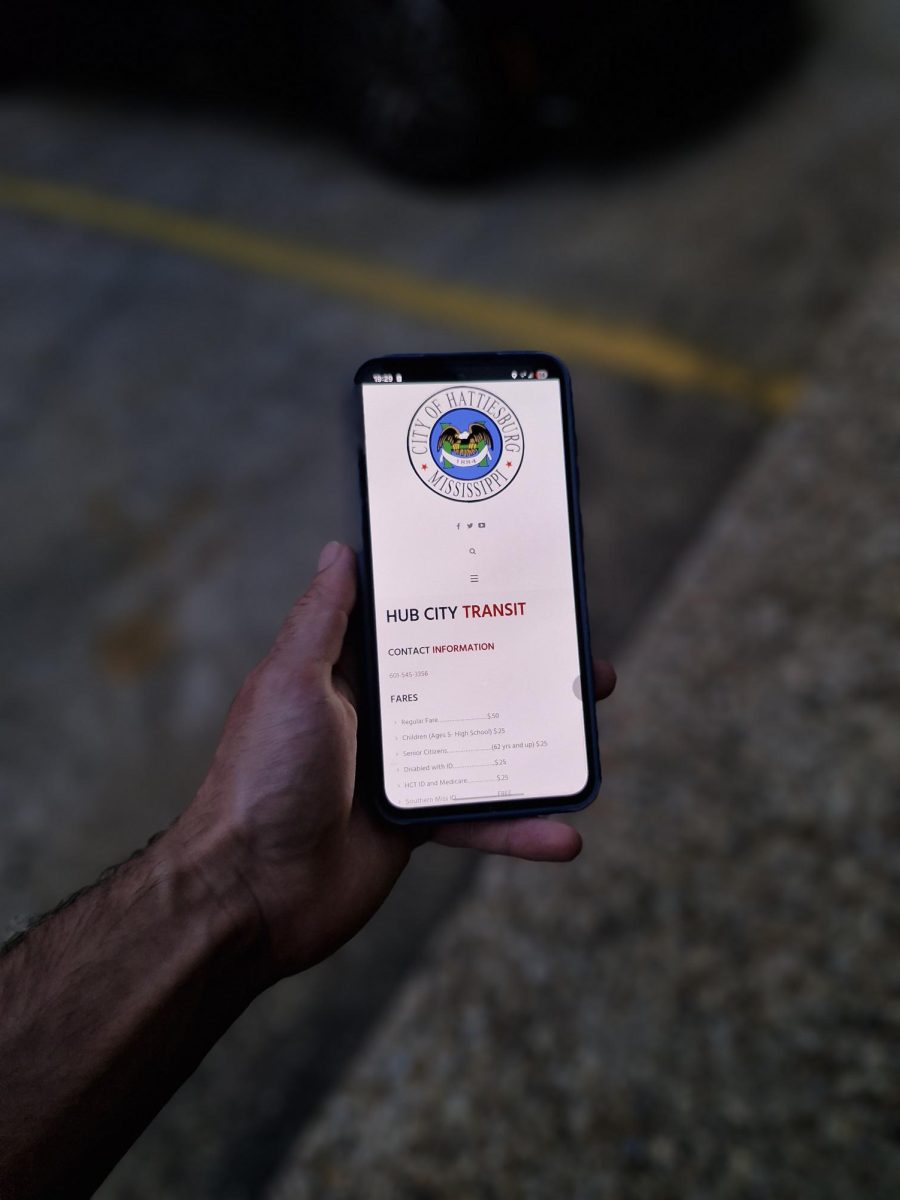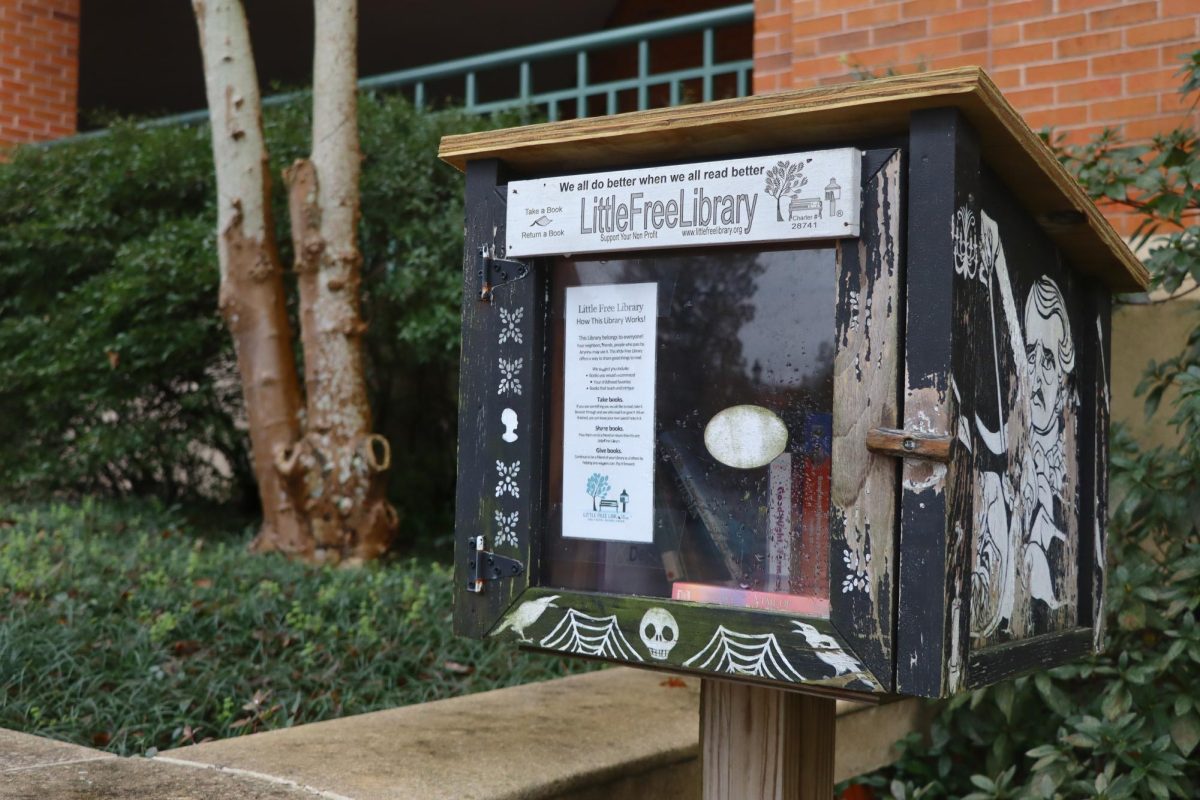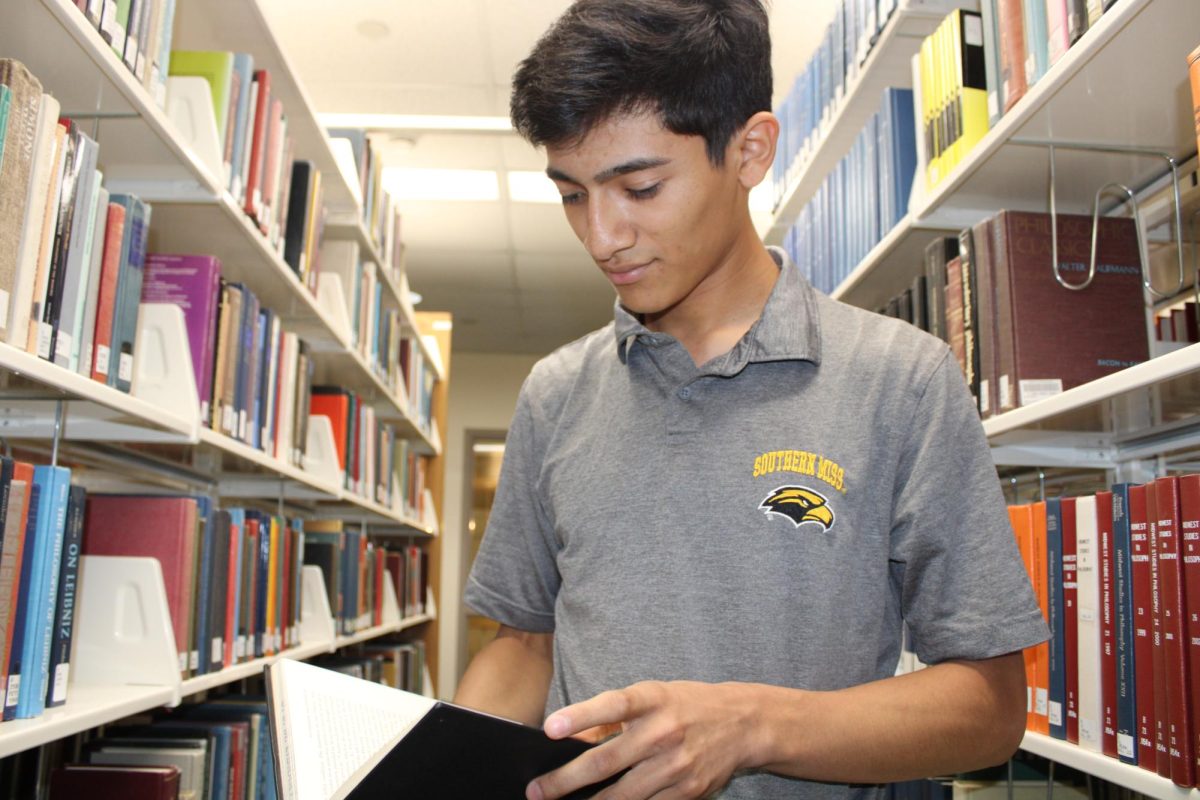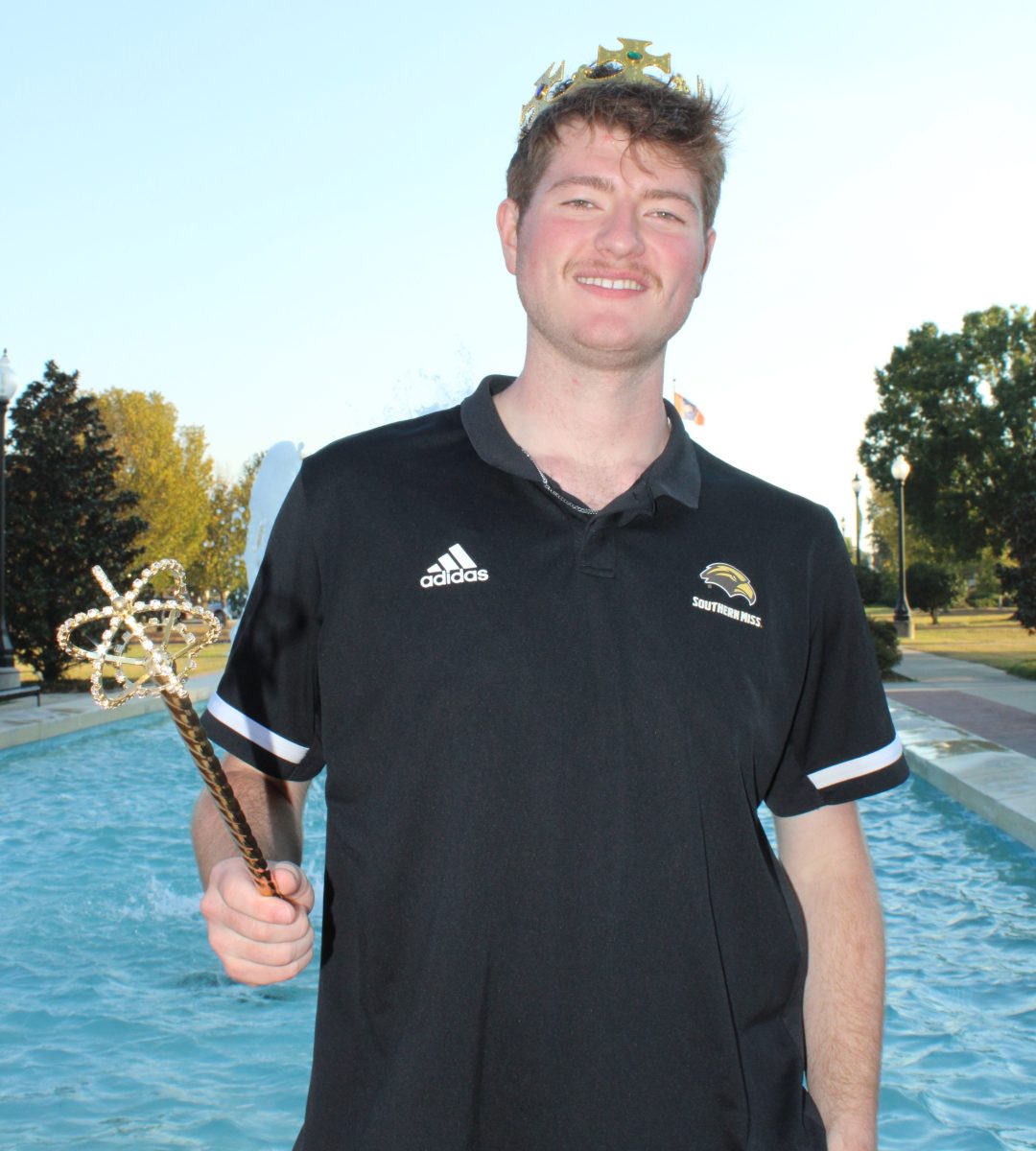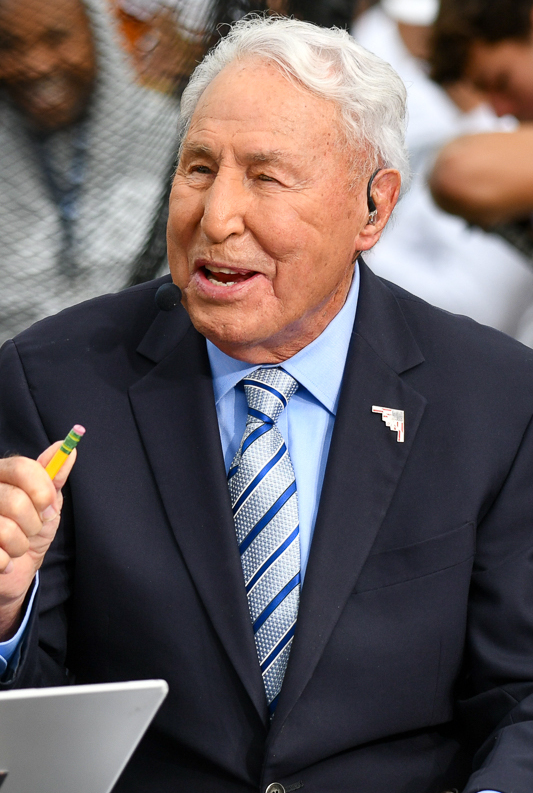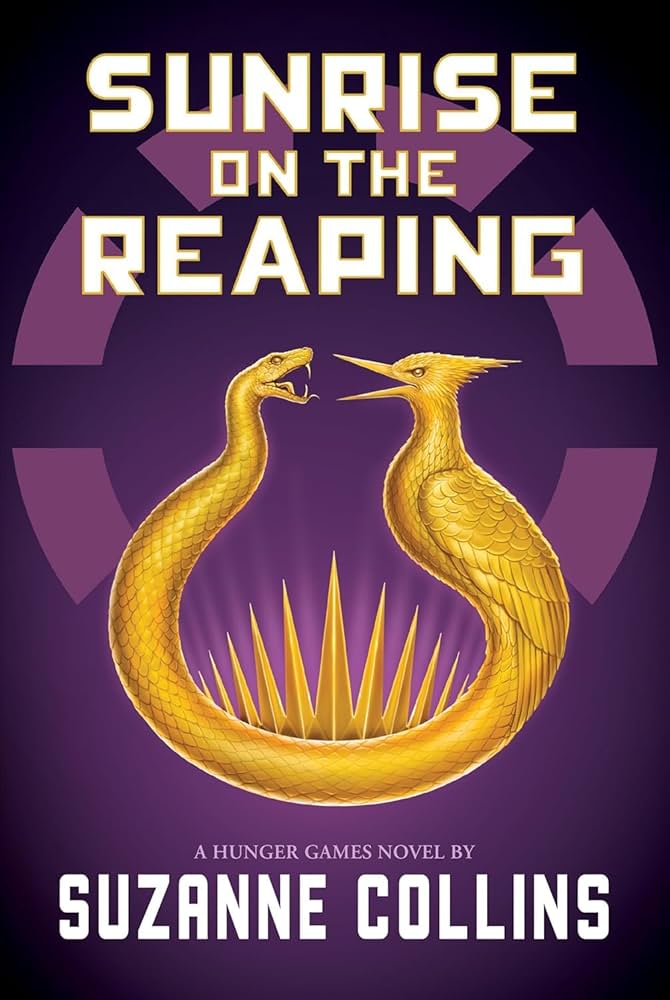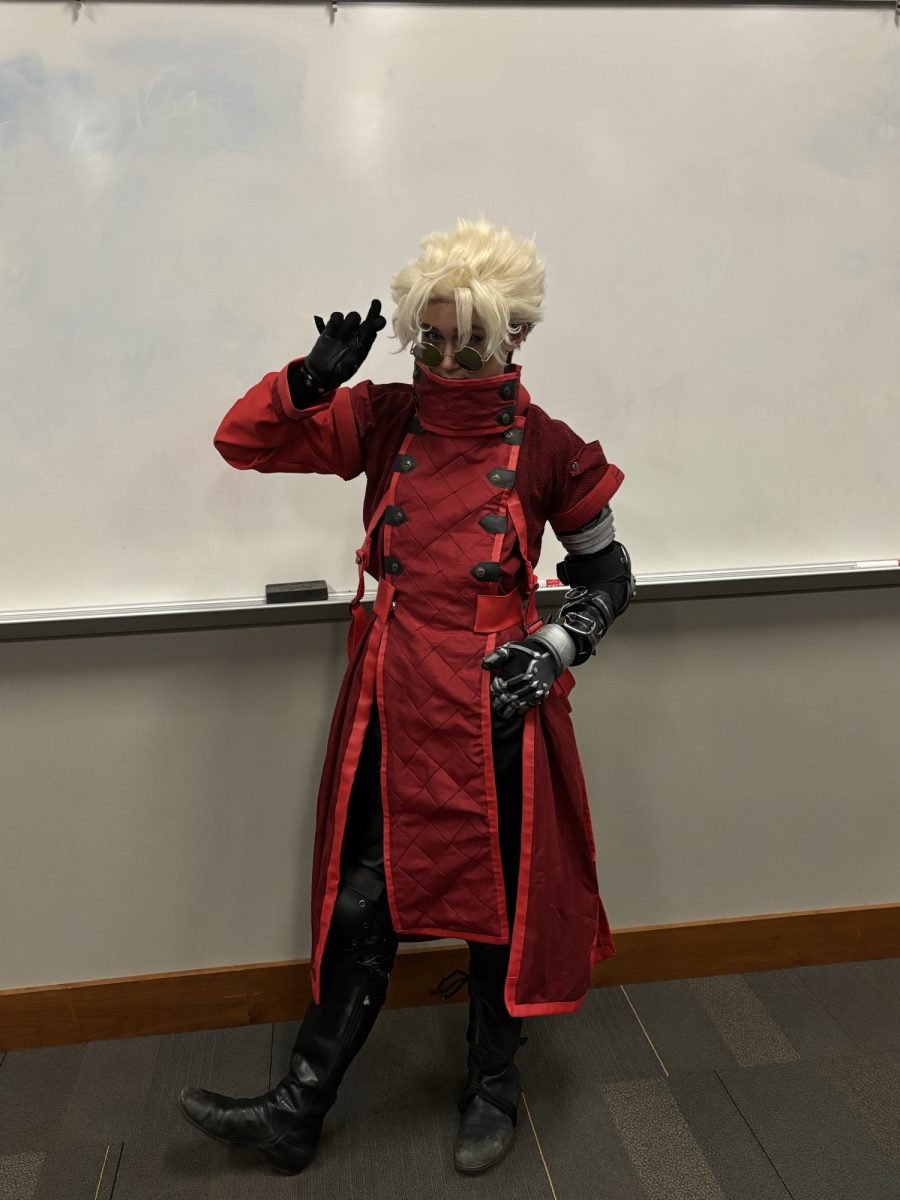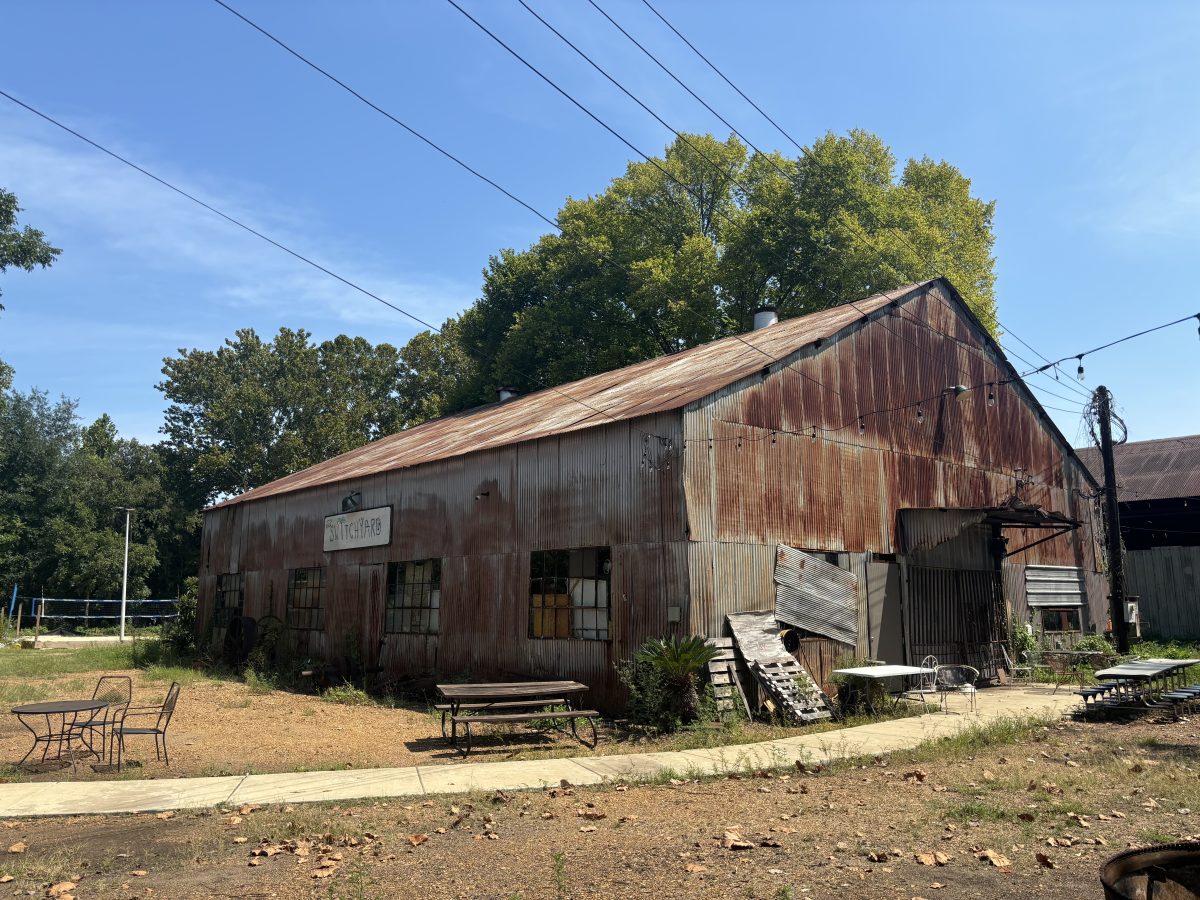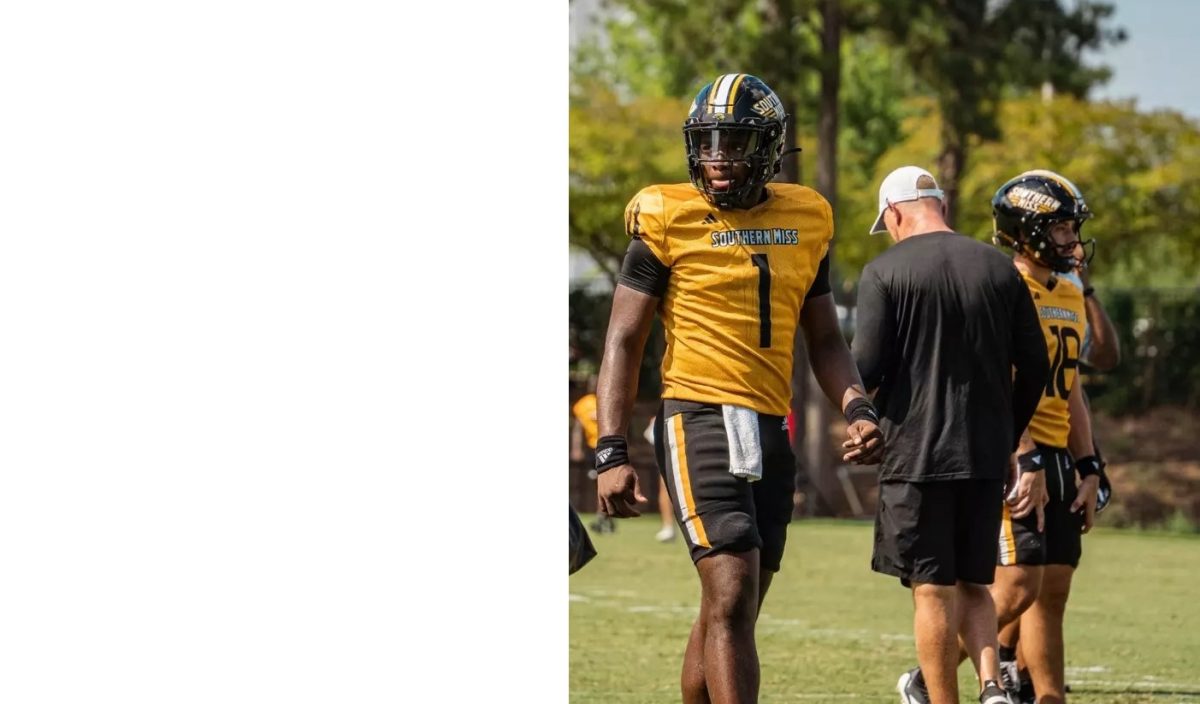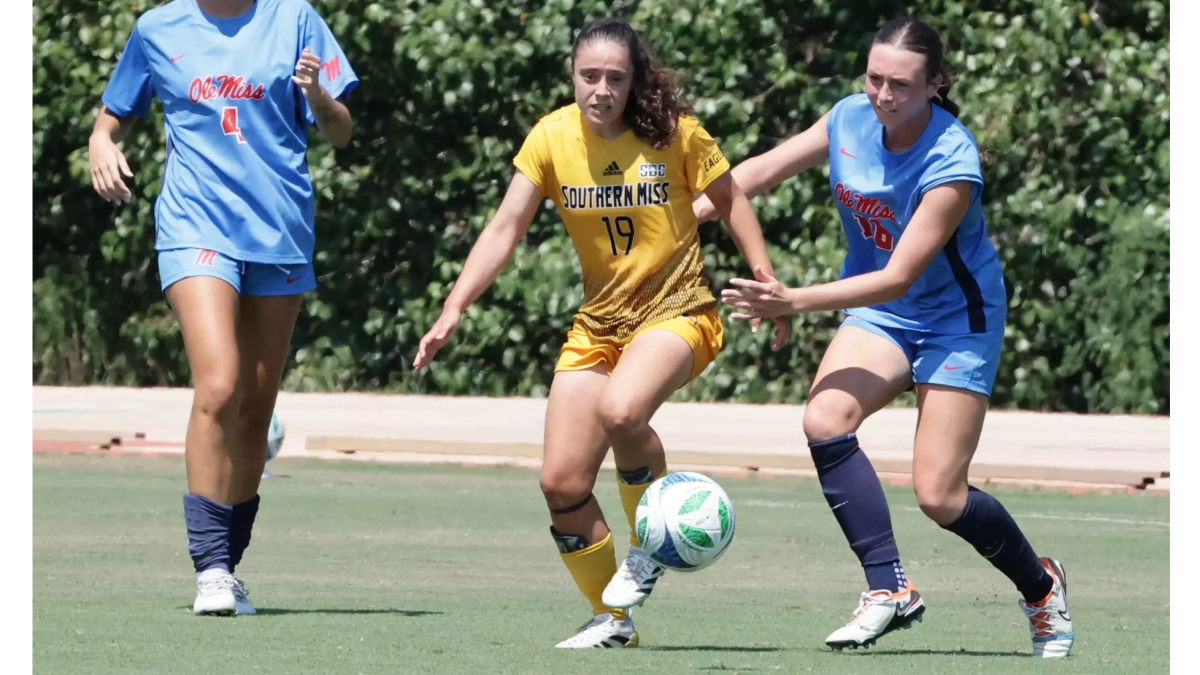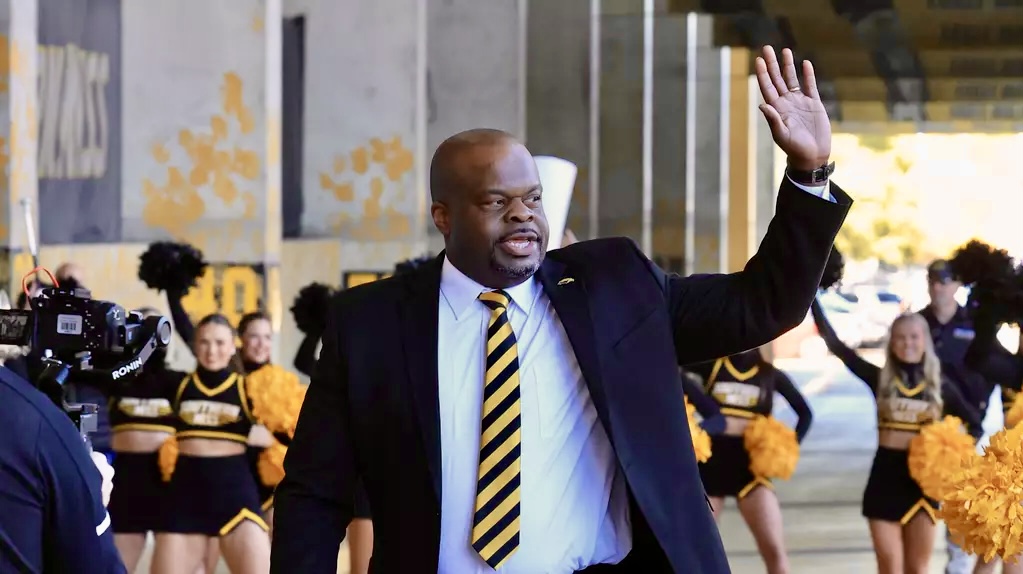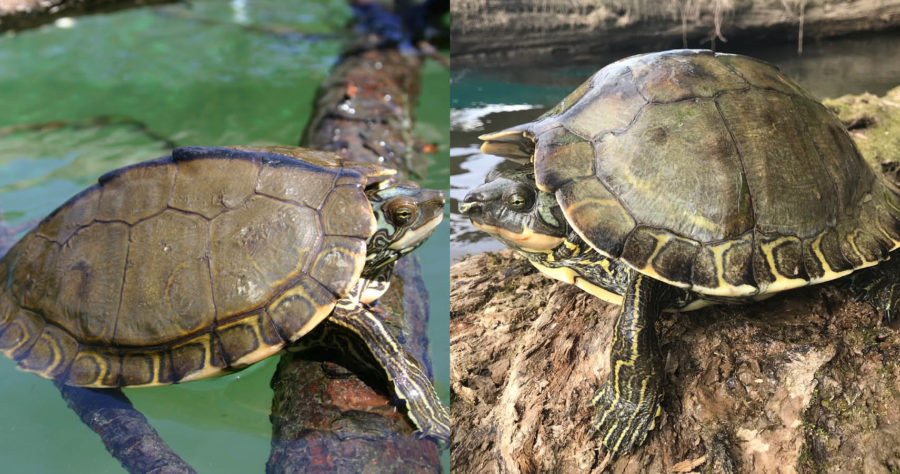The U.S. Fish and Wildlife Service has agreed to decide on Endangered Species Act protection for Pascagoula and Pearl River map turtles by Oct. 29, 2021.
The decision came after a lawsuit from the Center for Biological Diversity and Healthy Gulf was approved July 2, 2020 by U.S. District Court Judge Emmet Sullivan. The lawsuit was filed when the U.S. Fish and Wildlife Service failed to make a timely finding on a 2010 petition to protect the Pascagoula map turtle under the Endangered Species Act.
Jason Totoiu, a senior attorney for the Center for Biological Diversity, said map turtles serve as an indicator of river health and poor water quality can devastate their populations.
“North American turtles survived the asteroid that killed the dinosaurs, but these two species need help to live through the havoc we’re wreaking on rivers,” Totoiu said. “These turtles are in steep decline and need the safeguards afforded by the Endangered Species Act before it’s too late.”
Threats against the map turtles include habitat loss and degradation from dams, floodplain clearing and river channelization. Other threats include illegal harvesting and collection for the pet trade.
Grover Brown is a recent graduate from The University of Southern Mississippi, finishing his Ph.D during the 2020 semester. Brown has contributed opportunistic data to studies about both Pascagoula and Pearl River map turtles.
“Environmental health is very closely tied to human health — just like wildlife, we rely on clean air and water,” Brown said. “If we see declines in these turtle species, it likely means something in the environment is off and we likely need to mitigate it.”
Andrew Whitehurst is Healthy Gulf’s water program director and focuses on the Pearl River map turtles.
“The Pearl River map turtle needs all the help it can get, so it’s good the listing determination will proceed,” Whitehurst said.
Whitehurst said this protection is especially important now, as ten miles of habitats for Pearl River map turtles are in the project area for the ‘One Lake’ project, designed to dredge and dam the Pearl River’s main channel in Jackson, Mississippi.
“The Corps of Engineers is evaluating the project’s final Environmental Impact Statement now, so the Fish and Wildlife Service’s work is timely and relevant for these turtles,” Whitehurst said.
Brown said, according to the Pearl River Keeper, the ‘One Lake’ project would enlarge the Ross Barnett Reservoir, destroying 10 more miles of river habitat and about 1500 acres of wetland habitat.
“It is important to lobby and make our voices heard to keep these rivers free-flowing for the sake of the biodiversity of the river,” Brown said.
Pascagoula map turtles have a relatively small range in the Pascagoula river system in Mississippi, while the Pearl River map turtle is only found in creeks and rivers within the Pearl River drainage in Mississippi and Louisiana.
“These two species are found almost exclusively in Mississippi,” Brown said. “There is a certain point of pride that folks should take that these are our turtles, to lose them would be to lose something uniquely Mississippian.”
Brown also added that, according to long-term recapture studies by Bob Jones and data collected from Dr. Peter, the foremost expert on map turtles, it is thought it takes adult female map turtles 15 to 20 years to reach sexual maturity.
“Turtles abide by their age-old motto ‘slow and steady’, and their life dictates as much,” Brown said. “They have delayed sexual maturity, which they compensate for with longevity.”
Brown said that unlike squirrel or deer populations, which reproduce every year and can recover from population declines very quickly, it can take map turtles decades or even centuries to recover.
“It takes so long for natural recruitment, such as hatchlings reaching adulthood, to take hold and increase population size,” Brown said. “That’s why it is so important to protect the species now and not wait for further declines, for then it could be too late.”
For more information about turtle conservation in the southeast United States, Brown has an Instagram page located at @GroverBrown.
“It would be a tragedy to leave this unchecked, and it’s why we should make it a priority to save these fascinating turtles,” Brown said.


